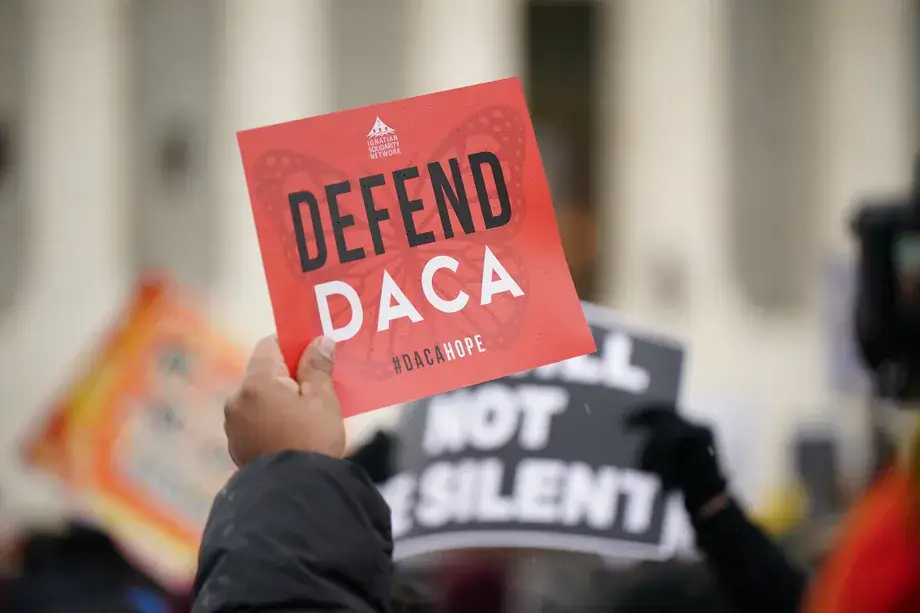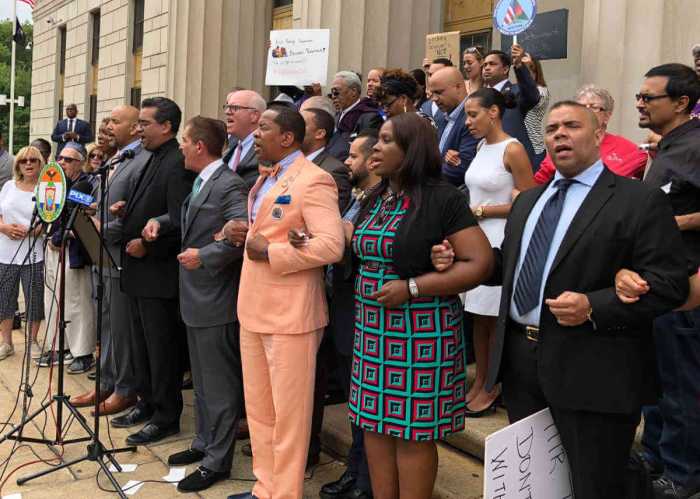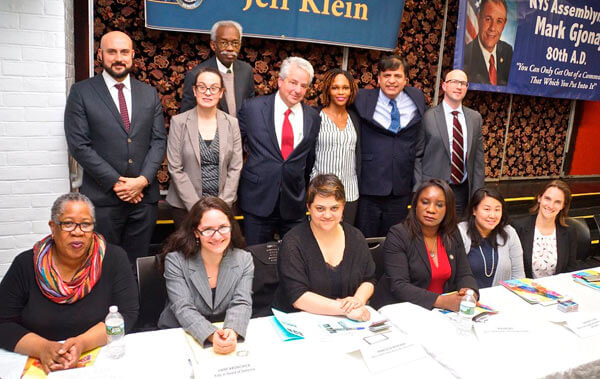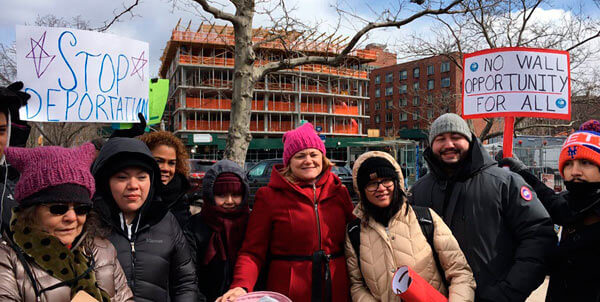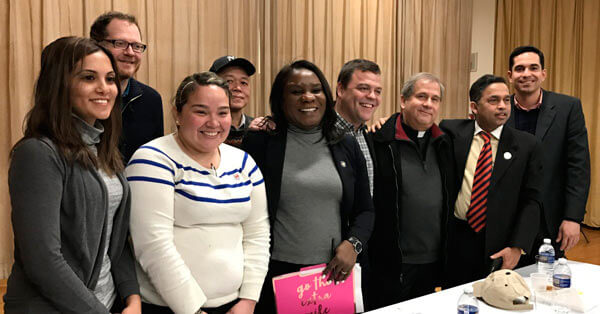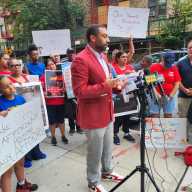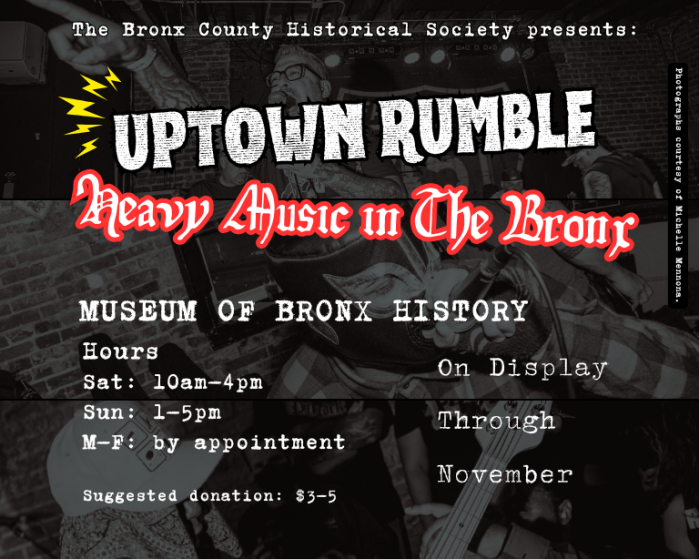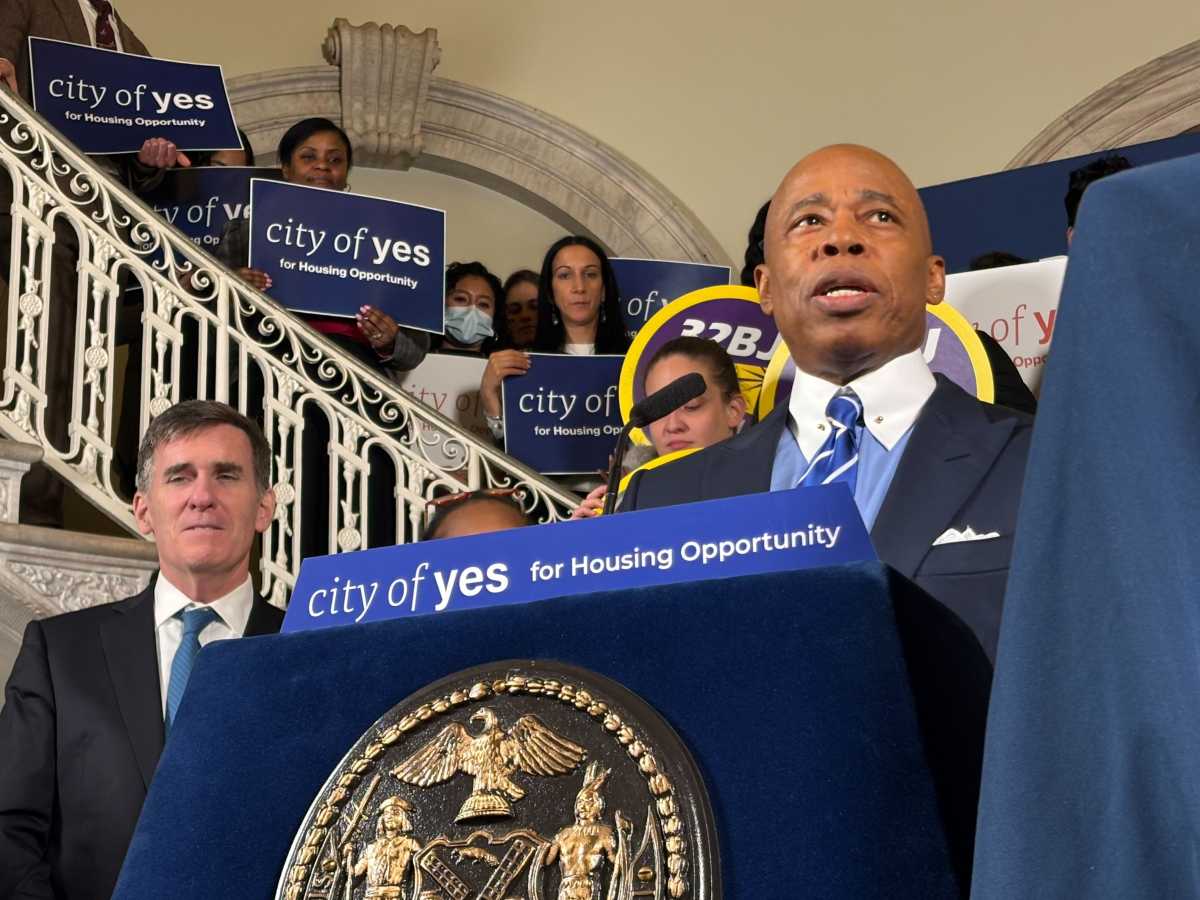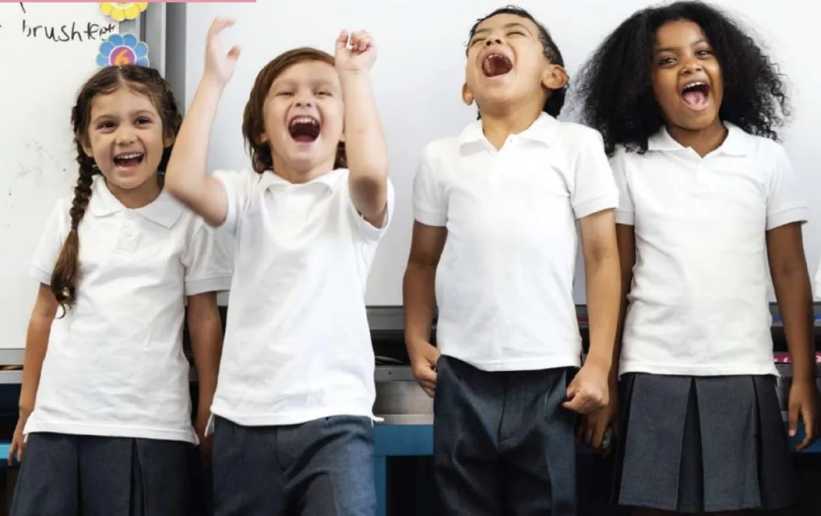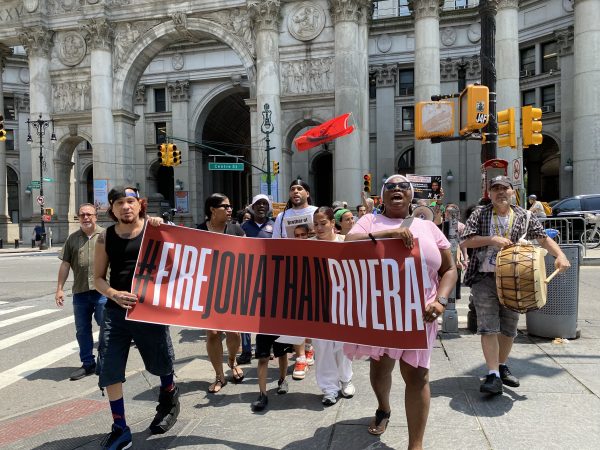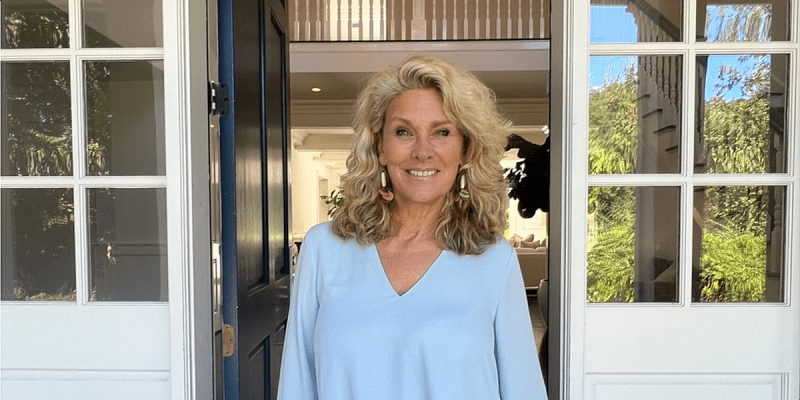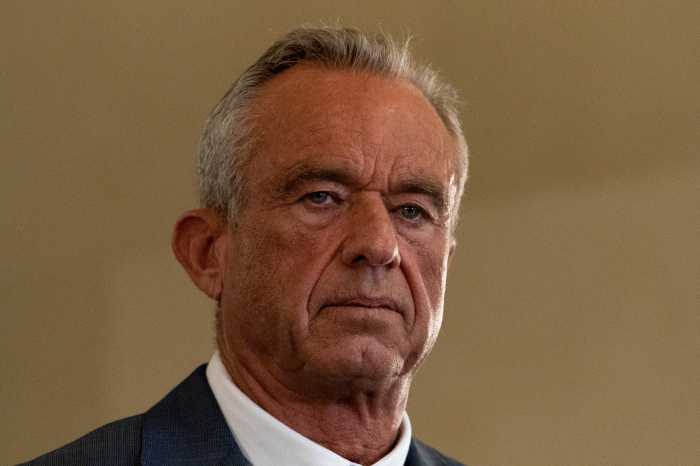Carlo Barrera Prado fell in love with America upon moving here with his family at the age of 6, but his pursuit of the American dream has been a roller coaster of withheld information, fear of deportation and uncertainty around a potential pathway to citizenship.
A decade ago when then U.S. President Barack Obama allowed hundreds of thousands of undocumented immigrants who came to the United States as children to legally seek work permits and obtain documents such as driver’s licenses under the Deferred Action for Childhood Arrivals (DACA), it allowed immigrants like Prado to emerge from the shadows of life as an immigrant, in constant fear of growing anti-immigrant sentiment in American politics.
“I had to be careful about what information I could tell people, friends and even family because we had to be very private about our status. I also got accepted into college before the policy was enacted and started my Freshman year without being able to concoct a real plan for my future. I couldn’t begin applying for internships like my peers because I was required to have a social security number for work authorization, but thankfully, DACA changed that. ”
Under DACA, eligible Dreamers were given a two-year work permit with deferral from deportation and allowed to apply for an international travel allowance. More than 800,000 people have used the program to access work and educational opportunities, as well as basic government services that are otherwise unavailable to undocumented immigrants.
Prado’s pathway to an American dream started with a full scholarship to Kenyon College in Ohio and has since blossomed into a burgeoning career that started as an intern and then a full-time employee at Ernst & Young and now, executive producer at designer apparel Revolve.
DACA also allowed Humeyra Celik, a native from Turkey who moved to the states at the age of 7, to explore a career as a documentarian and native Ecuadorian Jessica Astudillo to see life as a physician at NYU Langone’s Health Pediatric residency program.
“Given my experiences growing up in an undocumented family that made me more passionate about health disparities,” said Astudillo.
But the DACA program never outlined a legitimate path to citizenship for those who qualified for it.
And, as a result, the success stories of Dreamers and immigrants hoping for a roadway to legitimate and recognized American citizenship have since been curtailed by a decade of political and legal maneuvering over DACA, that has put a remaining 611,000 beneficiaries at risk of falling back into undocumented status.
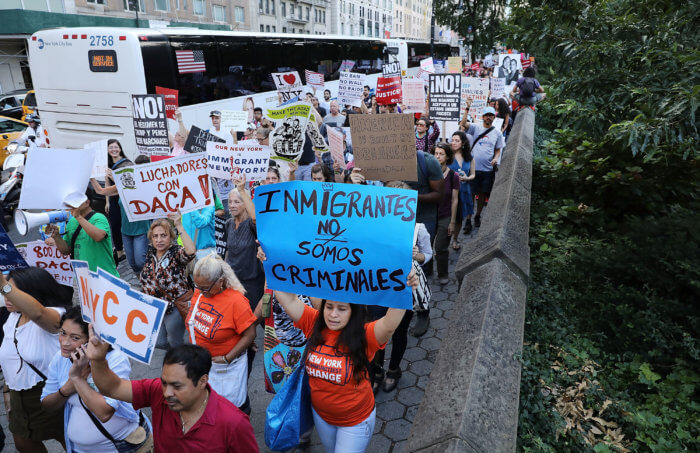
Since DACA’s passage in 2012, the program became a target for termination by The Trump administration in 2017, before the U.S. Supreme Cut ruled that the Trump administration’s attempt to end DACA was “arbitrary and capricious”— and a violation of federal law.
“A roller coaster is a great way to put it. At least for myself, I’ve experienced many emotions – anger, disappointment, anxiety, sadness – but as politicians and the courts try to tear down the program, I’ve become emboldened,” said Barrera. “When the Trump Administration took quick action to roll back DACA, their goal was to push Dreamers back into the shadows we broke out of in 2012. However, these threats empower me and give me pride in my status and the courage to come out and tell my story about being a DACA recipient.”
While a federal judge in New York ordered the U.S. government to fully restore DACA in December 2020 — allowing an estimated 81,000 undocumented immigrants to enroll — more legal and legislative hurdles stand in the way of a legitimate road map to citizenship for all immigrants.
As of this year, DACA has promised security to a total of 3,467,749 applicants, according to the U.S. Citizenship and Immigration Services.
Last July, a Texas federal judge, Andrew Hanen, issued a ruling finding that DACA is unlawful and blocked the U.S. Department of Homeland Security from approving any new, first-time DACA applications. An appeal by the Biden administration against rescinding the program will be heard by the U.S. Court of Appeals for the Fifth Circuit on July 6, and the case is likely to end up in the Supreme Court, where the court has a 6-3 conservative advantage.
In New York, DACA has allowed more than 38,000 young people to come forward, pass background checks and live and work legally in the country. Ending DACA in New York state would cost New York nearly $2.6 billion in annual GDP losses, according to immigration advocates, and $460.3 billion from the national GDP over the next decade, according to Washington: Center for American Progress.

If the program were to reopen, tens of thousands of young adults would qualify, according to the Migration Policy Institute. But since DACA is entering its 10th year, its requirement that applicants have lived in the U.S. since June 15, 2007, creates a barrier for hundreds of thousands of undocumented teenagers to meet the basic threshold to participate.
An estimated 100,000 undocumented, soon-to-be U.S. high school graduates will ineligible for DACA, according to FWD.us, a progressive immigration lobbying group.
The stories of Bronx immigrants Victor Rosario, 13 and Julyessa Rivera, 12, are far from written, but the uncertainty around DACA make the journey that much more complicated.
“You kind of don’t know what the future leads. If DACA is done then I’m probably done here, and so [are] many of my friends” said Rosario, who attends school in the Castle Hill section. “It’s hard not to think about because why do I apply myself, if there isn’t a place for me when I graduate?”
A 2020 study showed in addition to Dreamer success stories, DACA also had a hand in increased high school attendance and high school graduation rates, according to economists in a 2020 study published in the American Economic Journal. In a 2017 analysis of the DACA population, the Migration Policy Institute found that DACA recipients were almost as likely as U.S. adults in the 15-32 age group to be enrolled in college — 18% to 20%, respectively.
A report from FWD.us found that New York is home to 38,000 DACA recipients. Of these, 81% are currently in the labor force, 92% have a high school diploma, 51% have some college education, 20% are married, and 20% have children.
There are more than 26,000 U.S. citizens in New York living with DACA recipients.
And still, there’s much more for DACA recipients to yearn for.
In addition to long-term and unchallenged stability to the DACA program, Congress floated a measure that could include a pathway to citizenship for hundreds of thousands of DACA recipients, people with Temporary Protected Status (TPS), farmworkers, essential workers and their loved ones.
More than 70% of people support a pathway to citizenship for immigrants, according to the American Civil Liberties Union. But the Senate parliamentarian, in recent years, has ruled against two proposals to put immigrants on a pathway to citizenship.
“While DACA gives me the freedom to build a life and a career, it also comes with a two-year stipulation. Even though DACA changed my life and the lives of 800,000 DACA recipients nationwide, it still comes with a caveat that there is no clear pathway to citizenship,” said Prado.
Reach Robbie Sequeira at rsequeira@schnepsmedia.com or (718) 260-4599. For more coverage, follow us on Twitter, Facebook and Instagram @bronxtimes

